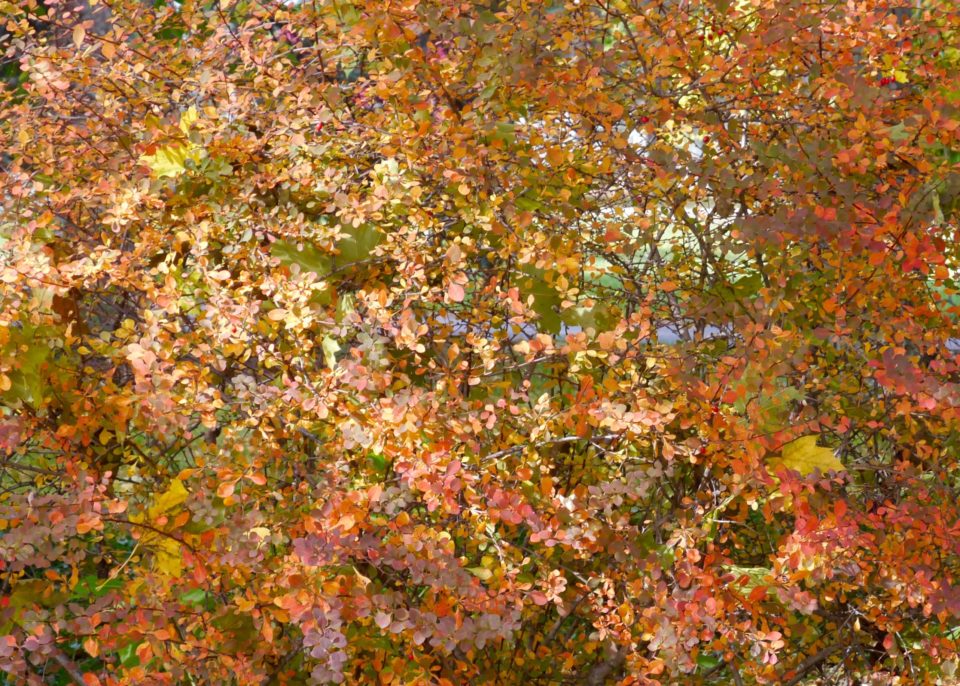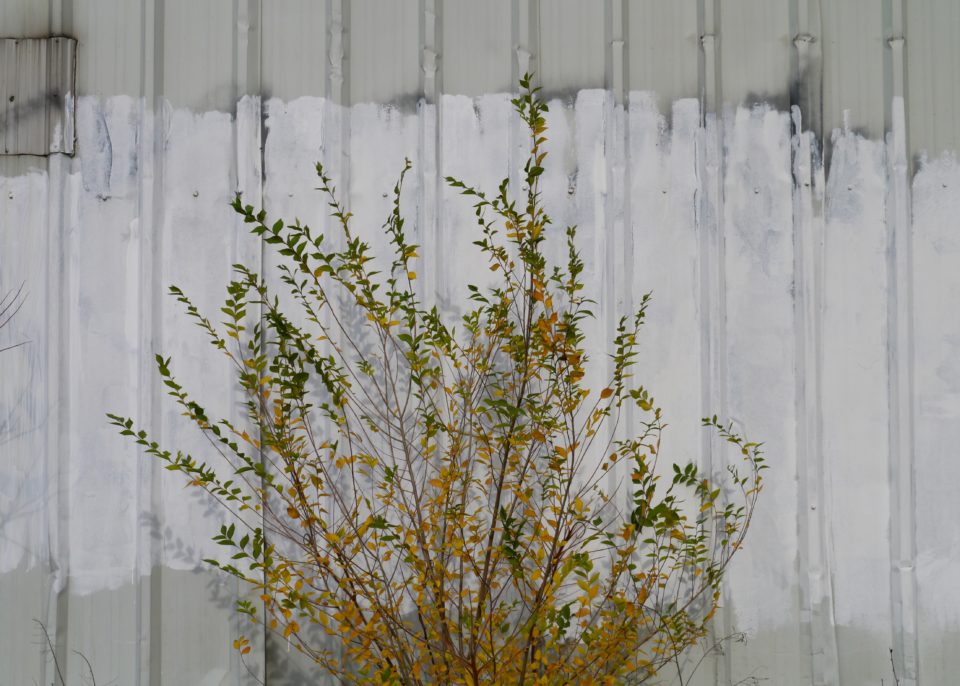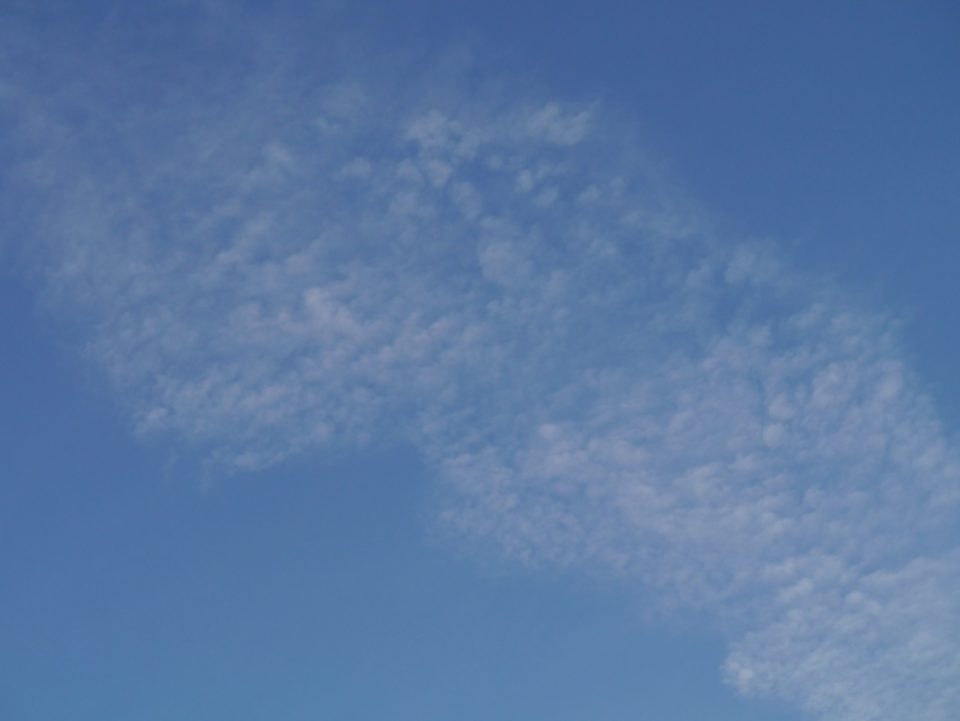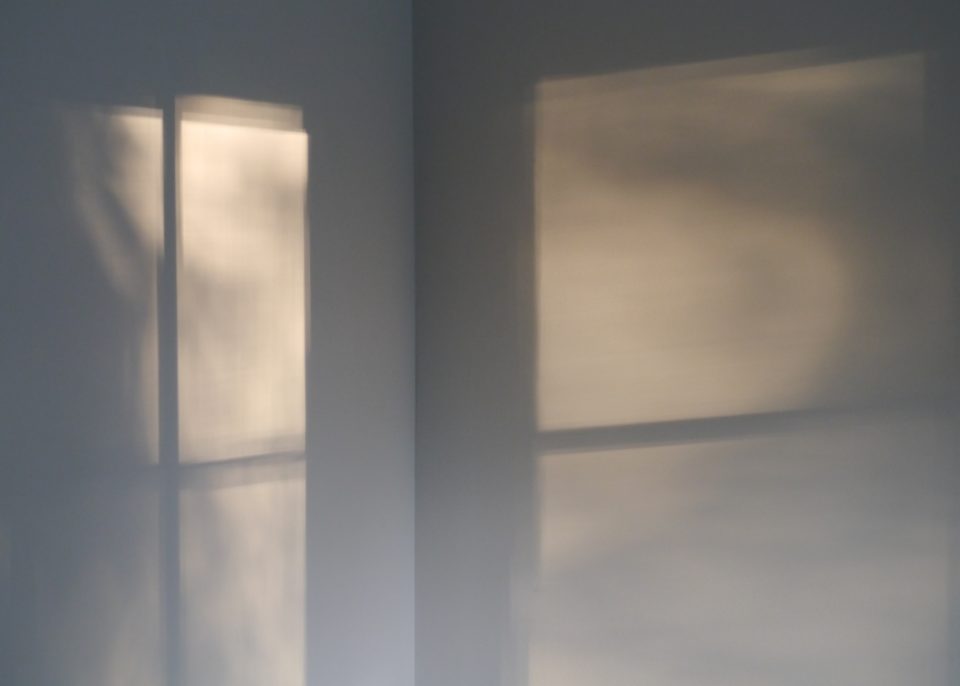
“Seeing is when awareness and attention become constant and undivided, become contemplation. Seeing is not a self-indulgence, a “pleasant hobby,” but a discipline of awareness of unwavering attention to a world which is fully alive. It is not the pursuit of happiness but stopping the pursuit and experiencing the awareness, the happiness of being ALL THERE. This eye is the lens of the heart, open to the world.” ~ Frederick Franck
Writer and artist, Frederick Franck, spent his life exploring the question, “What does it mean to be human?” Do you have a question that is at the centre of your life? Mine is “What does it mean to see?” I speak about this topic here often. And, some of you may be wondering what’s the big deal? Don’t we all see? In this post, I’ll share what some of my mentors in seeing have to say about the subject and then synthesize them into one definition.
** Books mentioned have Amazon or Bookshop affiliate links, meaning I make a few cents if you purchase through my link. I only recommend books that I’ve read.
Seeing Quotes
It turns out that Frederick Franck also wrote a classic book called The Zen of Seeing. He said,
“To see is our true nature. To see is not to grasp a thing, a being, but to be grasped by it. It is that specifically human capacity that opens one up to empathy, to have compassion with all that lives and dies.”

Seeing is that moment of connection. There is no grasping or wanting anything or anyone to be different than they are in that moment. We see what is, no matter what we might think about it.
Contemplative monk, Thomas Merton, was considered a master of attention through contemplation. He said,
“There are degrees of attention: the glance, the cursory look, the look, the long look (self-forgetting, therefore contemplative).” ~ Thomas Merton, Master of Attention

I think we all know these different levels of attention, whether directed at us or directed outwards. So often, we only take a quick glance or cursory look before moving on. What would we see if we took more long, loving looks?
Canadian photographer Freeman Patterson wrote a book called The Art of Seeing. And, it is an art.
“Seeing, in the finest and broadest sense, means using your senses, your intellect, and your emotions. It means encountering your subject matter with your whole being. It means looking beyond the labels of things and discovering the remarkable world around you.”

With this kind of seeing, we have what’s called “beginner’s mind.” It’s seeing something freshly, as if for the first time. Any pre-conceived notions disappear. We experience life with our whole being.
Finally, photographer Dorothea Lange believed that the camera could teach us how to see. She says,
“Seeing is more than a physiological phenomenon… We see not only with our eyes but with all that we are and all that our culture is. The artist is a professional see-er.” ~ via Brainy Quote

We see through the lens of our own experiences, yet also through our culture, and hopefully imagine how others might see it differently. As photographic artists, we practice this kind of seeing.
What do these definitions have in common? What do they tell us?
First, that seeing is more than looking through the lens of our eyes. True seeing requires an openness of mind to receive what’s there, letting go of what we think about what we see. We let go of ourselves, including our judgments and pre-conceptions, and bring our whole, undivided attention to what is before us. We discover that ordinary reality is quite extraordinary. Seeing, then, becomes an adventure of the heart.
See more quotes on seeing at John Paul Caponigro – 13 Quotes on Seeing.
Beautiful examples of ‘Seeing’ through your eyes, Kim. Interesting points to ponder and excellent links to discover. Thank you!